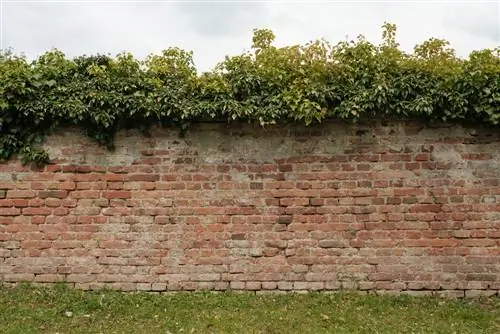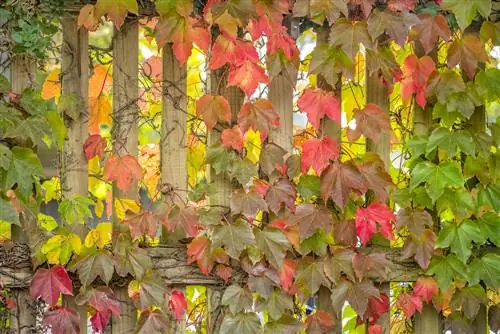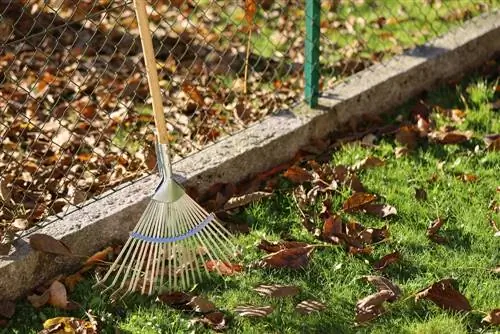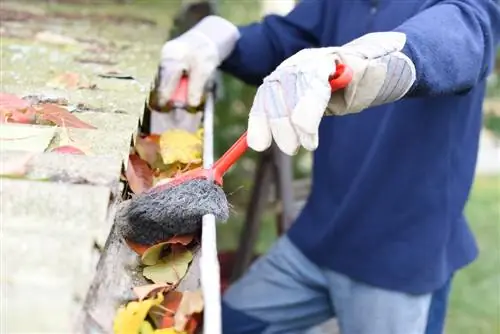- Author admin [email protected].
- Public 2023-12-16 16:46.
- Last modified 2025-01-23 11:22.
Ivy (Hedera helix) is often used to add greenery to fences and buildings. However, if the plant grows onto the neighboring property, this can lead to problems. In this article we will clarify whether you are allowed to cut back the unwanted growth and who is liable for damage.
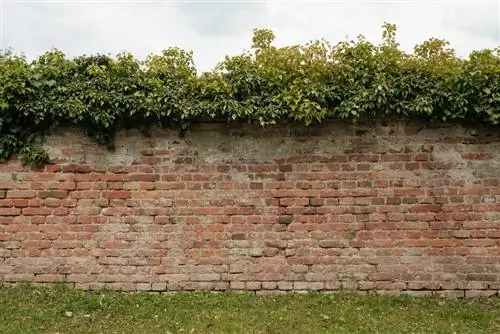
What to do if ivy grows over from the neighbor?
First you should ask yourneighbour to shorten the plant and cultivate it in such a way that it no longer causes any damage. After setting a reasonable deadline, you can also use the scissors yourself. The owner of the ivy must pay for any damage to buildings.
Can I cut the neighbor's ivy that's growing over it?
Basically, the so-calledremoval claim,allows you to remove the ivy growing on your property. However, this only applies if there is aimpairment caused by the branches growing over it.
To maintain the peace of the neighbor, if the climbing plant bothers you, you should first seek a friendly conversation. Ask your neighbor to do the pruning and give them a reasonable deadline for this work. The neighbor must also ensure that the shoots are disposed of.
When does overgrowing ivy become a problem?
This is the case when theadhesive roots of the ivycausedamage to the masonry or plaster. If the ivy grows so strong that you can no longer use the entrance to your garden house, for example, this is also the case.
However, in order for your neighbor to remove the ivy, you must allow him access to your property.
Who has to pay for the costs of removal?
Theperson responsible for the unwanted growth must bear the costs of pruning and removing the ivy.
It is also liable for any damage caused by ivy that has grown along walls, fences or gutters.
Tip
Dispose of removed ivy promptly
If you have cut back the ivy in consultation with your neighbor, you should immediately put the branches in the compost or in the organic waste. The robust climbing plant quickly forms new roots on the cut shoots. This means it can spread again in the garden and conquer vertical surfaces again.

